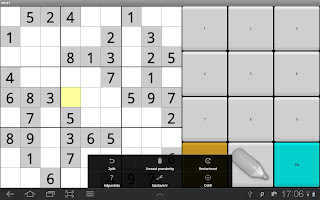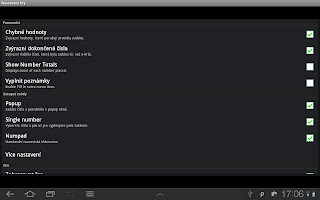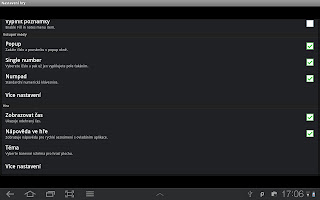We're working at server implementation of our project. We've used Restlet library for communication between Android application and server. It's very easy to configure and make first communication (at most two or three hundreds lines of code). We'd built JDO entity before (as we announced here) so we had to join entities together and make some controls. In Server Resources (same as controllers, in Restlet) we've used these controls to store and retrieve data from Data Store.
During testing and importing data we already tried Google limits because we overheated limit of write operations. So we waited to next day for reset and continue to work :-)
Having server interface we're working on Android implementation. We've joined both project in Eclipse and in Android client use server interface for calling given methods. Every message is converted to/from JSON format. Using this we've had no problems with serialization and de-serialization of objects.
Against to last screenshot we've changed the color scheme. Any other team has been asked last week for dark scheme so we changed two lines in Android Manifest and use the light scheme. Which one is better?
Here are a few screenshots form actual version:
 |
| Choose user dialog |
 |
| Choose university dialog |
 |
| Main screen with challenges and results |
 |
| During playing game |
And here is our tomorrow's presentation.

















